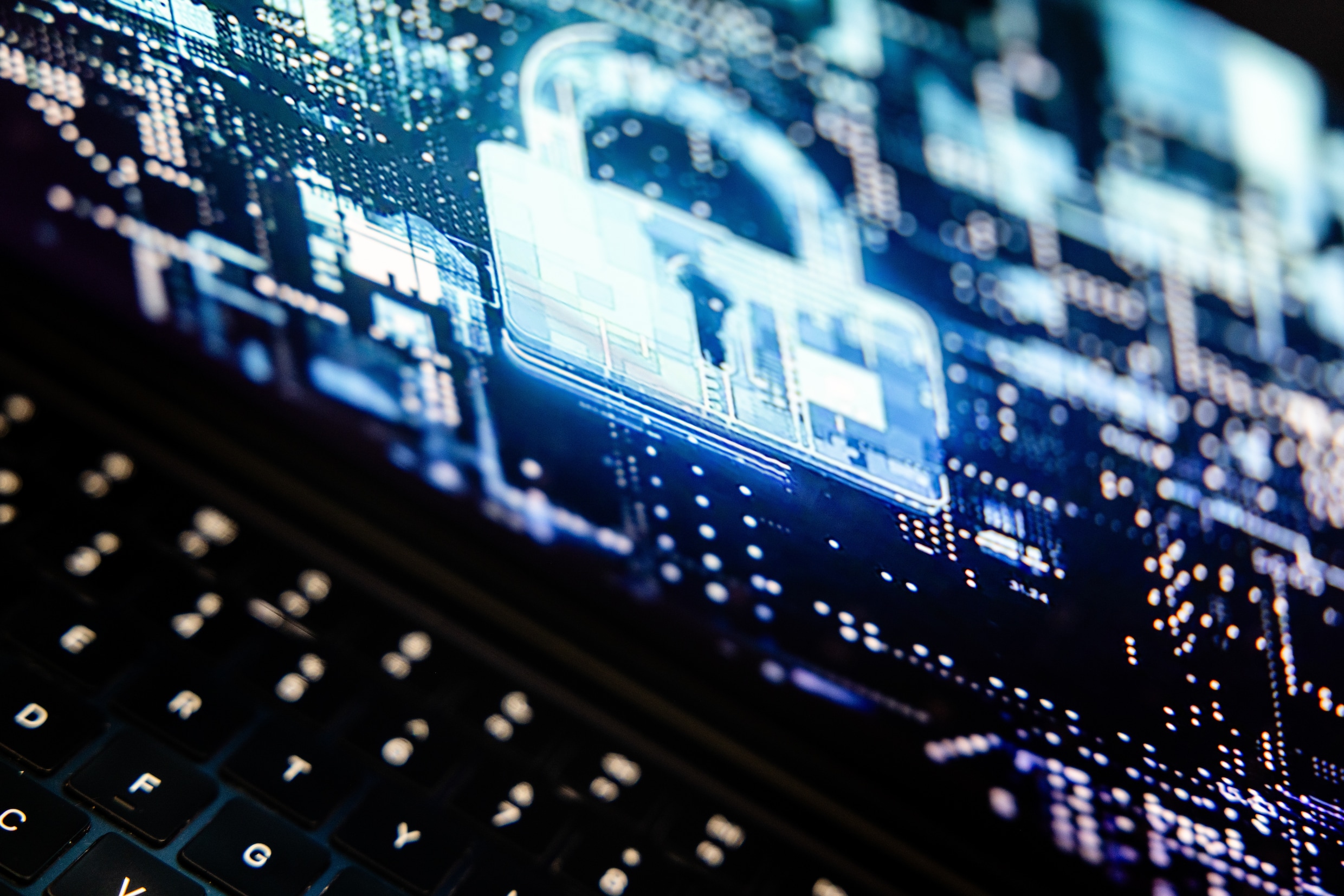
Let’s be honest, being a student today is tough. Study, work, side jobs and keeping up with your social life, it requires a lot to catch up on. Finding time to cook healthy meals or a meal in general after a long day is the last thing you have the energy for. The rising food prices aren’t making anything easier. It’s no wonder that so many students end up living on instant noodles. This is exactly where student-smart meals comes in. A GenAI powered meal app designed by students, for students.
Most of the students in the Netherlands work alongside their studies, which leaves little to no room for eating a healthy meal at home. While studies show that gen Z cares more about being healthy and sustainable, they are being held back by lack of time, rising living costs and limited cooking availabilities (McKinsey & Company, 2024). So, we asked ourselves: what if AI could generate an affordable, quick, and nutritious meal for you using supermarket discounts in real time?
That’s where Generative AI (GenAI) comes in. the platform that again is going to help us with everyday problems and food is no exception in this. Our platform uses AI to create personalized recipes and meal plans based on your budget, diet, cooking tools and even how much time you have. We aim to make every meal doable in just 20 minutes. What makes this app a distinction from other prep-meal platforms is that we are integrating real-time supermarket data. The app analyzes current discounts on the ingredients you need for your AI-generated recipes. Basically, it’s going to be your new smart kitchen buddy that makes sure you eat well, without spending hours scrolling for recipes or exceeding your grocery budget.
Personalization and sustainability can go hand in hand. The app doesn’t just make meal planning easier, it also helps students make smarter choices. Each recipe strives to a healthy, affordable and minimized waste use by reusing ingredients over the week, which directly supports UN Sustainable Development Goal 12, promoting responsible consumption. To keep the platform sustainable, we decided to use a freemium model. The basic version of the app is free for everyone but with ad-use, while a premium plan unlocks advanced features like detailed nutrition tracking and ad-free use. For users, the impact is clear: less time planning, more money savings, and healthier eating habits. The app also reduces “decision fatigue”, the feeling of not knowing what to eat and replaces it with simple, affordable options that fit any schedule. GenAI, once again, proves that it can be a solution to everyday problems. By combining smart technology with real student needs, we created something that saves time, money, and energy, all while promoting healthier and more sustainable living.
In short, Student-Smart Meals shows what’s possible when technology meets real life difficulties. Because eating healthy shouldn’t be a privilege, it should be part of student life.
McKinsey. (2024, August 28). What Is Gen Z? McKinsey & Company. https://www.mckinsey.com/featured-insights/mckinsey-explainers/what-is-gen-z


